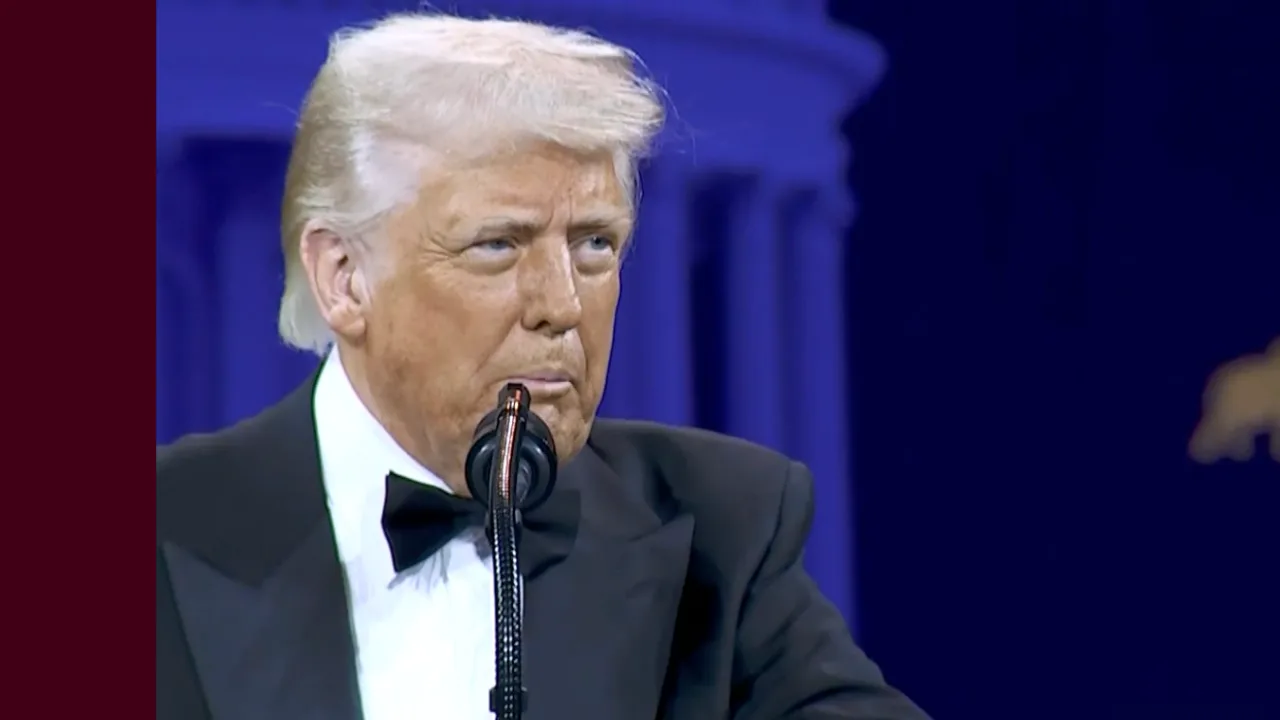RIO share price in focus
Founded in 1873, Rio Tinto is today the world’s second largest metal and mining company, behind only BHP Group. Rio Tinto is engaged in minerals and metals exploration, development, production and processing.
Rio can be divided into four core business units: Aluminium, Copper & Diamonds, Energy & Minerals and Iron Ore.
Of the four units, iron ore (the primary component in steel manufacturing) is by far the largest export. It’s no surprise then that the performance of the company can be strongly affected by the price of iron ore and other key commodities, making earnings somewhat volatile.
The key metrics
If you’ve ever tried to read a company’s income statement on the annual report, you’ll know it can get pretty complex. While there are any number of figures you could pull from this statement, three key ones are revenue, gross margin, and profit.
Revenue is important for obvious reasons – everything starts here. If you can’t generate revenue, you can’t generate profit. What we’re concerned about is not so much the absolute number, but the trend. RIO last reported an annual revenue of $54,041m with a compound annual growth rate (CAGR) over the last 3 years of 6.6% per year.
Moving down the income statement, we then get to gross margin. The gross margin tells us how profitable the core products/services are – before you take into account all the overhead costs, how much money does the company make from selling $100 worth of goods or services? RIO’s latest reported gross margin was 32.0%.
Finally, we get to profit, arguably the most important figure. Last financial year Rio Tinto Ltd reported a profit of $10,058m. That compares to 3 years ago when they made a profit of $9,769m, representing a CAGR of 1.0%.
Financial health of RIO shares
The next thing we need to consider is the capital ‘health’ of the company. What we’re trying to assess here is whether they’re generating a reasonable return on their equity (the total shareholder value) and have a decent safety buffer. One measure we can look at is net debt. This is simply the total debt minus the company’s cash holdings. In the case of RIO, the current net debt sits at $4,474m.
A high number here means that a company has a lot of debt which potentially means higher interest payments, greater instability, and higher sensitivity to interest rates. A negative value on the other hand indicates the company has more cash than debt (a useful safety buffer).
However, arguably more important is the debt/equity percentage. This tells us how much debt the company has relative to shareholder ownership. In other words, how leveraged is the company? RIO has a debt/equity ratio of 25.0%, which means they have more equity than debt.
Finally, we can look at the return on equity (ROE). The ROE tells us how much profit a company is generating as a percentage of its total equity – high numbers indicate the company is allocating capital well and generating value, while a low number suggests the profits might offer more value if they were paid to shareholders as a dividend. RIO generated an ROE of 18.2% in FY24.
What to make of RIO shares?
RIO has a solid ROE and profits are trending upwards, so it could be a company worth adding to your ASX share price watchlist. However, revenue growth has been low.
Please keep in mind this should only be the beginning of your research. It’s important to get a good grasp of the company’s financials and compare it to its peers. It’s also important to make sure the company is priced fairly. To learn more about share price valuation, you can sign up for one of our many free online investing courses.








